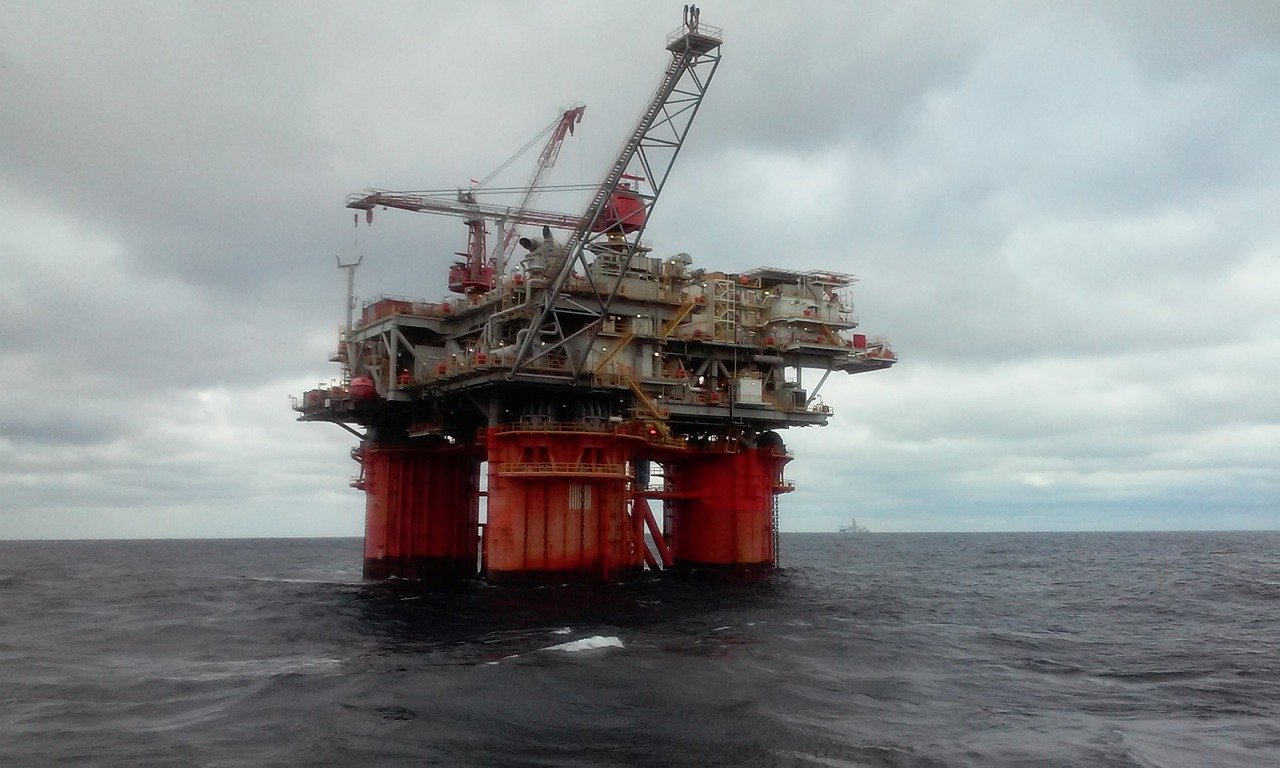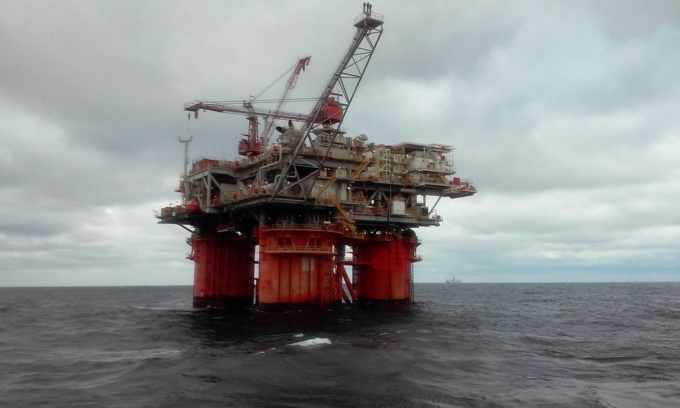Oil supply also unexpectedly fell in August, by 540 bpd (to 96.1m bpd, 4.6m bpd year-on-year), breaking the upward trend in supply since March. Hurricane Ida in the Caribbean (minus 270 bpd on average in August and forecast to minus 650 bpd in September) caused most of the damage. In OPEC+ countries, however, supply fell by 150,000 bpd in August (particularly due to maintenance shutdowns) to 41.6 mln bpd (which pushed the deal's compliance rate from 109% to 116%). Russia increased production by 90 thousand bpd to 9.7 mn bpd, while Saudi Arabia increased production by 100 thousand bpd to 9.6 mln bpd.
Without the influence of short-term factors, supplies would continue to rise: OPEC+ countries have agreed to consistently increase supplies by 400 thousand bpd until September 2022 (but ministers may suspend the process in case of an excess in the oil market). Under this plan, OPEC could increase production by 2.1 million bpd by the end of the year even without Iran.
In September supplies will continue to decline, but in October the global oil supply will return to its previous growth trajectory, according to the IEA. OPEC+ will add 1m bpd to its output compared to 5.5m bpd cut in 2020, while non-participating countries will add 450k bpd to its output compared to 1.3m bpd fall a year earlier. As a result, the market will be closer to balance by the end of the year - previously, the IEA expected this to happen in the third quarter. In early 2022, the OPEC+ supply (assuming the current supply increase continues) will exceed demand by 1.4m bpd (estimated as the difference between total demand and non-OPEC+ demand). In non-OPEC+ countries, the supply increase may reach 1.8 mln bpd in 2022, with the US accounting for half of this increase.
source: iea.org
Without the influence of short-term factors, supplies would continue to rise: OPEC+ countries have agreed to consistently increase supplies by 400 thousand bpd until September 2022 (but ministers may suspend the process in case of an excess in the oil market). Under this plan, OPEC could increase production by 2.1 million bpd by the end of the year even without Iran.
In September supplies will continue to decline, but in October the global oil supply will return to its previous growth trajectory, according to the IEA. OPEC+ will add 1m bpd to its output compared to 5.5m bpd cut in 2020, while non-participating countries will add 450k bpd to its output compared to 1.3m bpd fall a year earlier. As a result, the market will be closer to balance by the end of the year - previously, the IEA expected this to happen in the third quarter. In early 2022, the OPEC+ supply (assuming the current supply increase continues) will exceed demand by 1.4m bpd (estimated as the difference between total demand and non-OPEC+ demand). In non-OPEC+ countries, the supply increase may reach 1.8 mln bpd in 2022, with the US accounting for half of this increase.
source: iea.org



















